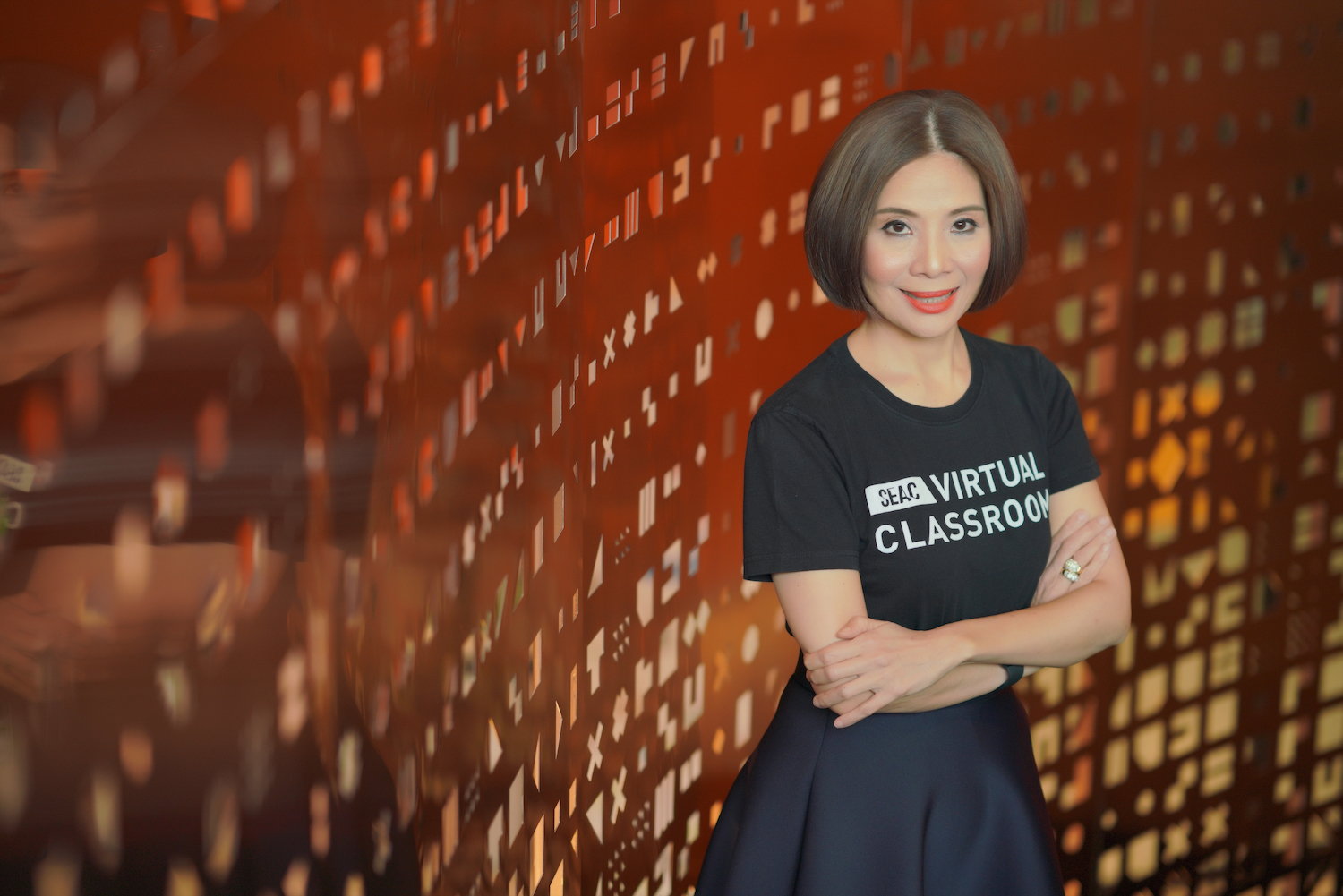
Starting your organisation’s AI revolution can kick-start innovation, double productivity and inspire cross-generational collaboration.
McKinsey reports that there are now at least 14,700 Artificial Intelligence startups in the United States alone, and more are emerging daily. Research estimates 30% to 40% of current jobs will be automated, 50-60% of job tasks augmented, and 300 million full-time jobs transformed. It has been estimated that 14% of employees will change careers because of AI and digitisation by 2030.
Companies’ responses have varied from banning its use for fear of leaking confidential information to sophisticated guidelines for applying it. Some are building AI systems, and every organisation has early adopters. It appears that an organisation’s future will largely depend on how well its people work with this new tool. Getting started now is essential to avoid getting left behind.
Here’s a story of how one of my teams adopted AI.
One of my product teams needed to create proposals about things they didn’t personally have experience with. They also needed to design brochures that could change buyers’ perspectives on a new product. The team needed to accomplish this when their resources and time were limited, and they were already committed to completing other things. In short, they had to achieve more with only the same time available, so they turned to AI.
They started with Google. The team looked at what AI tools (free and paid) were available, by searching for what they needed. They signed up for trials and saw what might work and what would not.
They also turned to TikTok. They looked for reviews and recommendations, screened out poor AI products, and shared them with different team members to use in individual situations.
They started sharing. Within the team, they started a community of practice so everyone got AI smarter, and faster. They all tried different tools and reported back. They settled on ChatGPT, Gamma, APP, Canva AI, Beautiful.AI and others.
In no time, they created new styles of proposals that sold at one million baht or more and quickly adapted existing proposals. The team now gets more tasks done in a week (up from two or three to 5-7 of the same quality). The team leader estimated some tasks were now getting done in less time (from 1 day to 1 hour).
Year on year, they are creating a similar number of proposals but feeling better and less burned out. The team continues to test, learn and look for AI tools for proposals and presentations.
How about adopting AI across an entire organisation? This may seem daunting, but it is surprisingly straightforward to do with a bit of planning and imagination.
I believe the key is to make it an experience by design, not a one-off event that is quickly forgotten. In my organisation, we used one hour of a monthly all-hands meeting to get it started. This is how we did it: we turned them into journalists for an hour and created a scenario that would be fun and engaging, but only possible to complete if they used AI. We:
Put everyone in the organisation into 25 teams. We made the teams cross-functional, generational, and level, and mixed relative AI newbies and early adopters.
Gave everyone the same task. For that one hour, we made everyone a journalist assigned to a team to write a short newspaper article, create a video clip, and design imagery for an article. The teams had to take off and use different tools for the task. The output was incredible for a group that had maybe only used ChatGPT to search.
Designed to allow everyone a chance to shine. There was great collaboration between teams, levels, and generations. Every staff member got the opportunity to contribute something different, and all saw new possibilities and people to turn to in the future.
Followed up with a chance to talk about the experience. They had to reflect, debrief, and share their learning and insights. They also got excited, and we closed with a themed get-together to allow more sharing.
Again, did it work? It is early days, but the AI uptake is noticeable, and everyone has fun. I am hopeful of positive changes in all our ways of working.
Here are some things every leader could start doing today:
- Build an engaging platform for all your people to experience what is possible and why they should develop new skills.
- Mix them up, create a shared buzz, recognise they are learning together and can turn to each other for help.
- Provide guidelines, but make sure people feel safe trying new things out.
- Encourage your people to try, play and learn from AI tools.
- Have them test and learn and watch for each need to arise.
- Let early adopters show what is possible and share their successes with all.
Remember, old ways won’t open new doors, and survival may require finding ways to use AI in all our work immediately.
Arinya Talerngsri is Chief Capability Officer, Managing Director, and Founder at SEAC — Southeast Asia’s Lifelong Learning Centre. She is fascinated by the challenge of transforming education for all to create better prospects for Thais and people everywhere. Reach her email at arinya t@seasiacenter.com or https://www.linkedin.com/in/arinya-talerngsri-53b81aa